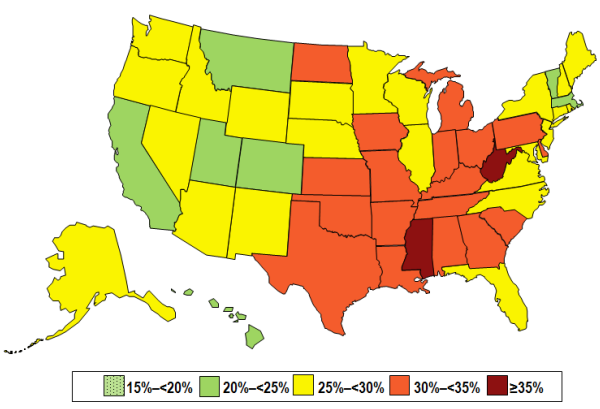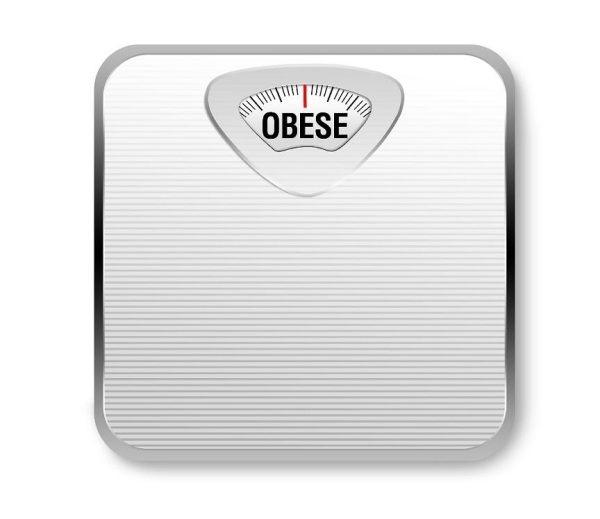Adult Obesity Rate Reduced in Connecticut; Climbs in Neighboring States
/Obesity, a common and costly health issue that increases risk for heart disease, type 2 diabetes, and cancer, affects more than one-third of adults and 17 percent of youth in the United States. A state-by-state review indicates that the adult obesity rate in Connecticut has dropped slightly in 2013 compared with 2012, and remains at about one-quarter of the population, mid-range among the states. Nationwide, improvement remains elusive.
By the numbers, 78 million adu lts and 12 million children are obese—figures many regard as an epidemic. Adults are considered obese when they are about 35 pounds overweight.
lts and 12 million children are obese—figures many regard as an epidemic. Adults are considered obese when they are about 35 pounds overweight.
In Connecticut, the segment of the adult population considered to be obese dropped from 25.6 percent in 2012 to 25.0 percent in 2013. It was the only state among those bordering Connecticut to see an improvement in the obesity rate.
In neighboring New York, the rate climbed from 23.6 percent in 2012 to 25.4 percent in 2013. In Massachusetts, the obesity rate was 23.6 in 2013, up from 22.9 in 2012. In Rhode Island, the obesity rate increased from 25.7 percent of the adult population to 27.3 percent.
Data from the Behavioral Risk Factor Surveillance System, of the National Centers for Disease Control and Prevention was featured by the National Conference of State Legislatures.
In 2013, obesity rates among American adults remained high, and in numerous instances, was rising:
- No state has an obesity rate below 21 percent.
- In two states – Mississippi and West Virginia - obesity rates now exceed 35 percent for the first time, the highest in the nation.
- 20 states have obesity rates at or above 30 percent. (In 2012, 13 states had levels that exceeded 30 percent.)
Overweight and obese individuals are at increased risk for many diseases and health chronic conditions, including hypertension (high blood pressure), osteoarthritis (a degeneration of cartilage and its underlying bone within a joint), dyslipidemia (for example, high total cholesterol or high levels of triglycerides), type 2 diabetes, heart disease, stroke, gallbladder disease, sleep apnea and respiratory problems, and some cancers (pancreas, kidney, prostate, endometrial, breast, and colon).
The lowest obesity rates in the nation are in Colorado, at 21.3 percent and Hawaii at 21.8 percent. In both states, the rate declined between 2012 and 2013.





























